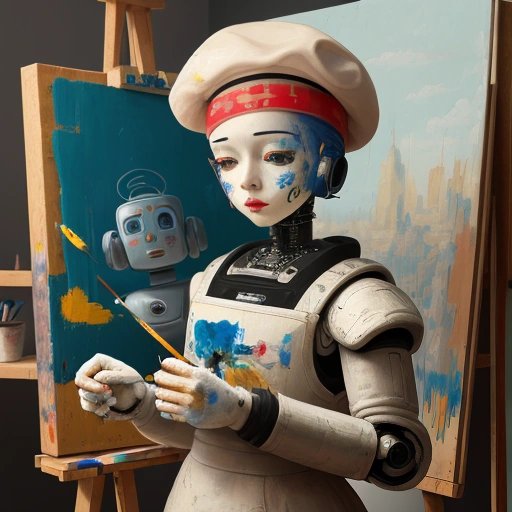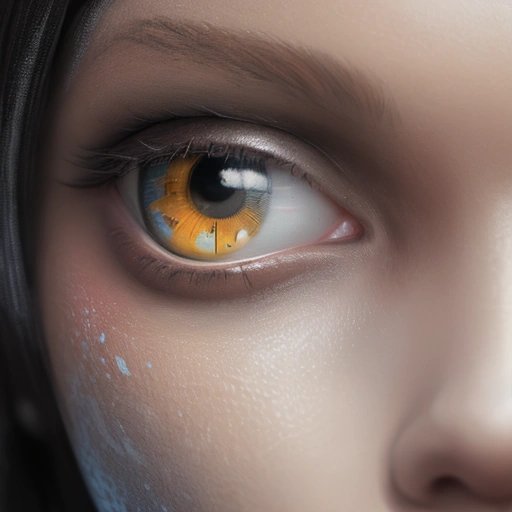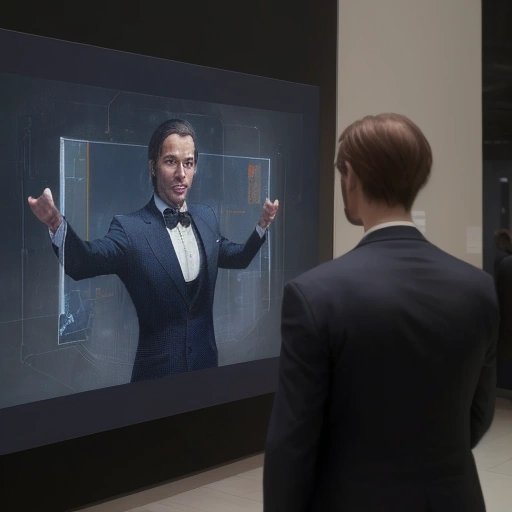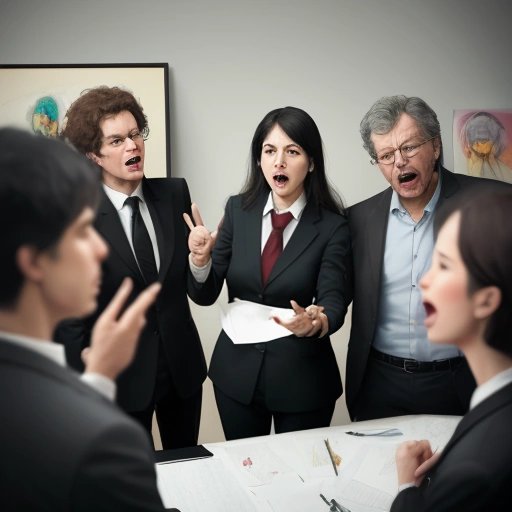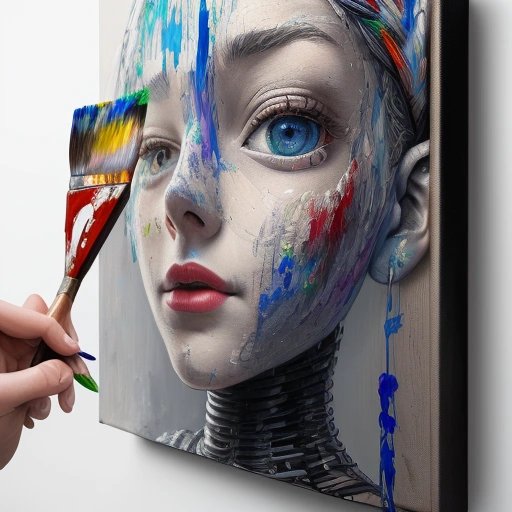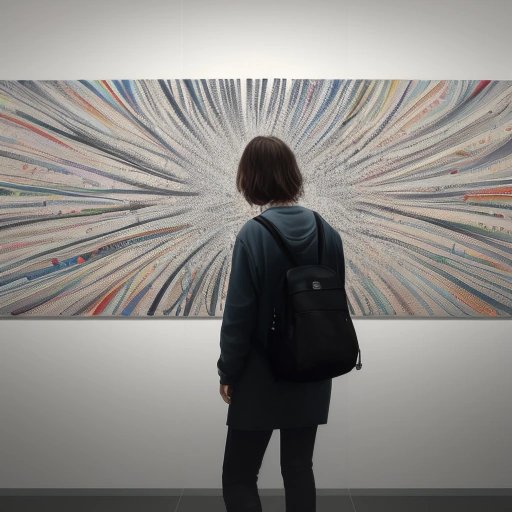In a stunning turn of events that has left art experts scratching their heads, a controversial AI painting has sparked a heated debate on copyright ownership. The groundbreaking artwork, produced by an advanced artificial intelligence algorithm, has raised important questions about the intersection of creativity and machine intelligence.
At first glance, the AI-generated painting appears to be a work of genius. Its vibrant colors, intricate brushstrokes, and mesmerizing composition have captivated both art enthusiasts and critics alike. It is a piece that challenges the very definition of art, blurring the lines between human agency and machine creation.
However, as the AI art world rejoiced in this groundbreaking achievement, a dark cloud of uncertainty began to loom over the artistic community. Who, exactly, owns the copyright to this AI-generated masterpiece?
Traditionally, copyright ownership was a straightforward matter. It rested solely with the human artist who physically created the artwork. But with the rise of AI-generated art, these well-established rules have been thrown into disarray. Can a machine be granted copyright ownership? If so, who should be credited as the creator of the artwork?
Legal scholars and art experts have found themselves mired in the complexities of this question. Some argue that copyright should be reserved exclusively for human creators, as machines lack the emotional and intellectual capacity for artistic expression. Others contend that AI algorithms can exhibit a form of creative decision-making, deserving of legal recognition.
The debate has intensified as more AI-generated artworks emerge, each one blurring the lines between human innovation and machine invention. Artists, collectors, and technology companies have become embroiled in a tangled web of ownership rights and royalties, with no clear consensus in sight.
The situation has become so convoluted that some artists have resorted to labeling their AI-generated creations as collaborations between themselves and the algorithms they use. This attempt to bridge the gap between human authorship and machine assistance has only further muddled the already murky waters of copyright law.
Additionally, the issue of ownership extends beyond copyright alone. If an AI-generated artwork is sold for a significant sum, who should receive the proceeds? Should it be the human artist who trained the algorithm or the developers who created the AI technology? These questions add yet another layer of complexity to an already knotty issue.
As the art world grapples with these copyright conundrums, one thing is clear: the rise of AI-generated art has opened up a Pandora's box of legal and ethical dilemmas. The traditional notions of artist, authorship, and ownership are being challenged by the emergence of machine creativity, leaving experts puzzled and searching for answers.
For now, the copyright ownership of AI-generated art remains an ongoing debate, with no easy resolution in sight. As technology continues to push the boundaries of what is possible in the realm of art, it is clear that the legal frameworks surrounding creativity and ownership must adapt to this new reality. Until then, the battle for copyright in the age of AI painting rages on, leaving us all to wonder who truly holds the rights to the art of the machines.
